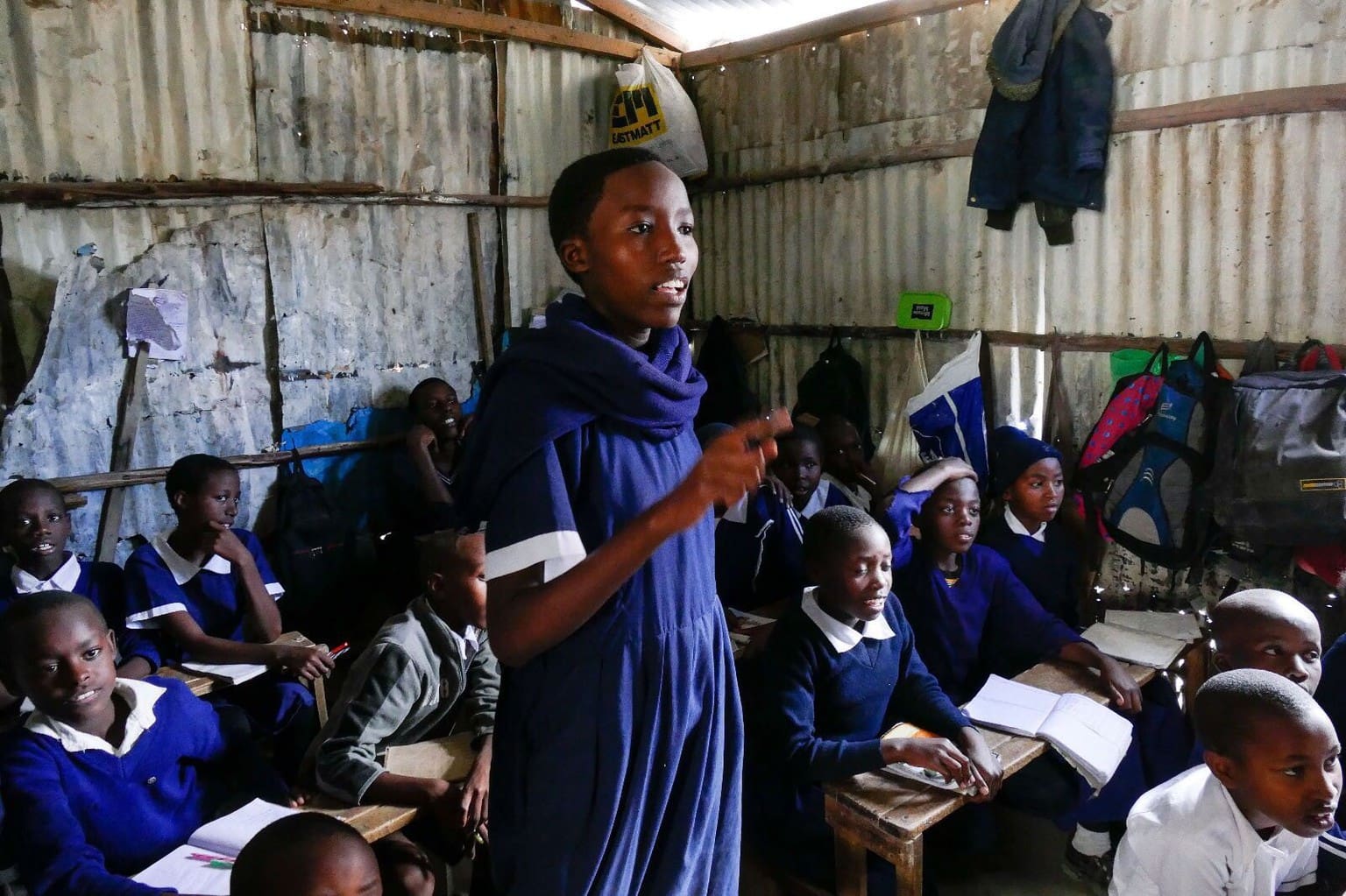
EdTech brings a solution to the lack of resources for refugees’ education
Published
Tuesday, 20 March
Author
Mark Rosser
Categories
Blog
March
Share
Last month, GL Assessment nominated the Xavier Project to become BESA’s Charity of the Year, based on the fantastic work that the company has been doing with the charity in Uganda and Kenya over the past few years. Since 2008, the Xavier Project has been supporting the education of refugee children in Kenya and Uganda, […]
This content is restricted to BESA members
LoginNot yet a member?
Become a part of the BESA community and unlock exclusive business advantages, including:
- Trusted provider status to enhance your industry credibility
- Exclusive discounts on major exhibitions and events
- Access to vital sector insights with resources like the BESA Barometer and Compass reports
- Networking opportunities with industry leaders
- Exclusive business benefits designed to help your organisation thrive
Join now and take advantage of BESA's membership benefits to stay ahead in the industry.
Become a member